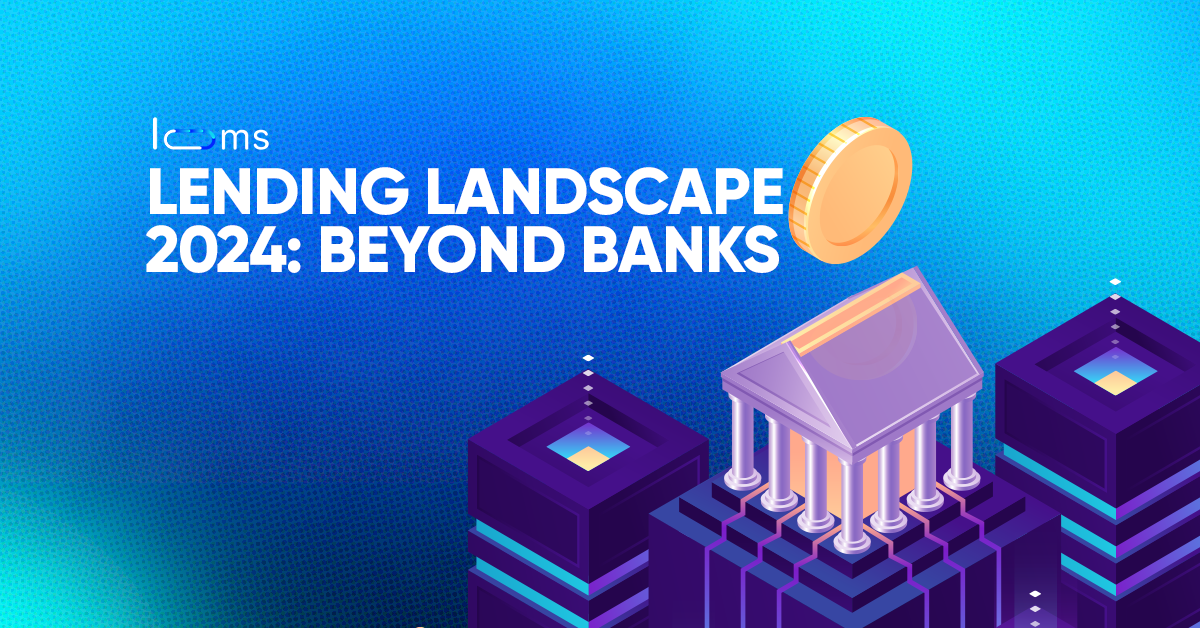As we delve into the lending landscape of 2024, we uncover a realm characterized by rapid technological advancements, evolving regulatory environments, and shifting market dynamics. This complex milieu demands not only an understanding of these transformations but also a strategic approach to harnessing their potential.
1. Rising Mortgage Interest Rates: A Call for Innovative Solutions
The gradual uptick in mortgage interest rates in 2024 poses a significant challenge for borrowers, compelling lenders to rethink their strategies. This scenario highlights the importance of adjustable-rate mortgages (ARMs) and down payment assistance programs as vital tools to help borrowers manage the increasing costs of financing. Lenders are leveraging data insights to identify suitable loan products, ensuring they maintain a competitive edge in an ever-evolving market.
2. The Emergence of Private Credit and Non-Bank Lenders
As banks retreat from certain markets, non-bank lenders are stepping up, reshaping the contours of private credit. This shift affects not just the sources and terms of credit but also how investors approach the private credit market, underscoring the need for adaptability and innovation in lending strategies.
3. The Digital Revolution in Lending: Embracing eVaults and AI
The banking sector is undergoing a transformative digital revolution, spearheaded by the adoption of electronic vaults (eVaults) and artificial intelligence. These digital solutions facilitate end-to-end digital lending processes, markedly enhancing operational efficiency and fostering seamless data sharing across financial ecosystems. The integration of AI and machine learning is not just a trend but a revolution in the lending domain, offering levels of efficiency and accuracy previously unattainable, and setting a new standard for future financial technologies.
4. The Rising Tide of Fintech and the Evolving Regulatory Environment
Fintech firms continue to surge forward, reshaping the lending landscape with groundbreaking innovations in AI and blockchain technology. Even in the face of economic uncertainties, these digital advancements remain a potent force in the financial sector. Concurrently, regulatory frameworks are evolving, with a growing emphasis on consumer protection and data privacy. This shift underlines the increasing importance of compliance and the adoption of ethical practices in the fintech era.
5. Blockchain Innovations and Enhanced Fraud Detection in Lending
Blockchain technology is revolutionizing the lending process by automating loan origination, minimizing paperwork, and elevating levels of security and transparency. Alongside these advancements, sophisticated Know Your Customer (KYC) processes and machine learning algorithms are being leveraged to bolster fraud detection capabilities, ensuring a more secure and trustworthy lending environment, and setting new benchmarks in financial security.
6. Embracing ESG Principles and Consumer-Centric Models in Lending
Environmental, social, and governance (ESG) factors are increasingly becoming central to lending decisions, as lenders integrate sustainability criteria into their risk assessments and loan offerings. This period is also marked by a notable shift towards more consumer-centric models, prioritizing personalized solutions and leveraging data-driven insights to better meet individual borrower needs and preferences.
7. The Expanding Role of Nonbanks and Hyper-Personalization in Lending
Major entities like Goldman Sachs, Amazon, and Apple are carving significant niches in the lending market, potentially heightening competition for traditional financial institutions. The trend towards hyper-personalization in lending services is gaining momentum, playing a pivotal role in enhancing customer experiences and addressing the diverse needs of a wide array of borrowers.
Conclusion
As we navigate the lending landscape of 2024, we encounter a complex mosaic of opportunities and challenges. For financial institutions and lenders, the imperatives are clear: embrace innovation, adapt to evolving regulatory landscapes, and prioritize customer-centric models. At Looms, we stand at the forefront of these industry transformations, offering our expertise and insights to guide our clients towards success in this dynamic and evolving era of lending.



